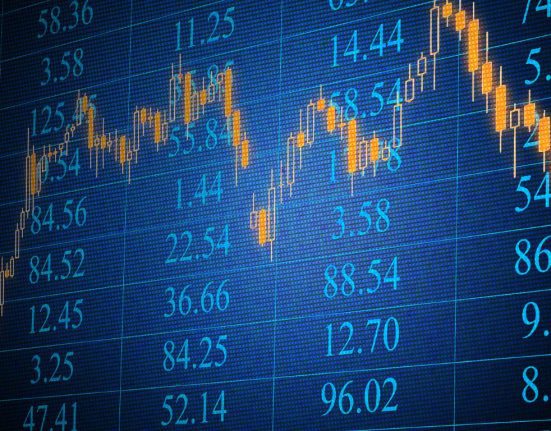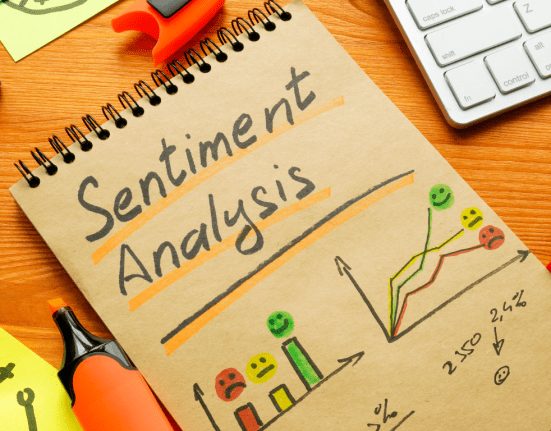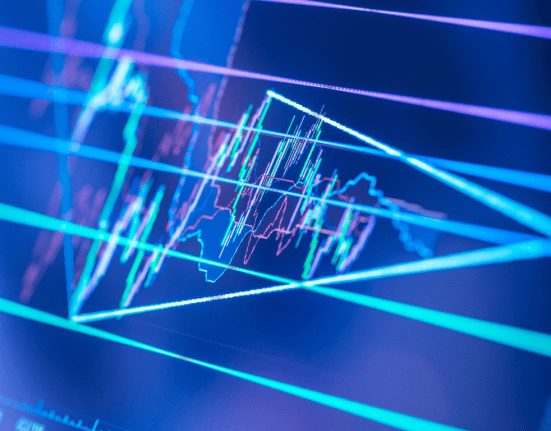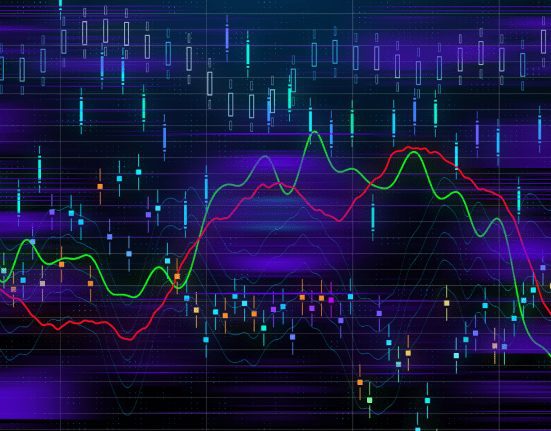When it comes to technical analysis, traders often turn to popular indicators such as moving averages and Bollinger Bands to inform their decision-making. These tools can help traders to identify trends, potential buy and sell signals, and gauge market volatility. In this article, we will explore how to effectively use moving averages and Bollinger Bands to boost your trading strategies.
What are Moving Averages and Bollinger Bands?
A moving average is a simple mathematical calculation that takes the average closing price of an asset over a set number of time periods. The result is a line that represents the average price action of an asset over time. The most common types of moving averages are the Simple Moving Average (SMA) and the Exponential Moving Average (EMA).
Bollinger Bands, on the other hand, are volatility bands that are plotted two standard deviations away from a moving average. These bands are used to help traders identify potential trends and make informed trading decisions. The idea behind Bollinger Bands is that prices will tend to remain within the upper and lower bands, with the moving average acting as a key level of support or resistance.
Using Moving Averages to Identify Trends
One way to use moving averages is to identify trends. If an asset’s price is above its moving average, it may be in an uptrend; if below, it may be in a downtrend. For example, if an asset’s 50-day SMA is above its 200-day SMA, it may be considered to be in an uptrend–meaning that the shorter-term average is above the longer-term average.
This can be a sign that the asset’s price is likely to continue rising. On the other hand, if the 50-day SMA is below the 200-day SMA, it may be considered to be in a downtrend–which means that stocks are trading below their long-term averages and may continue falling.
Using Moving Averages for Buy and Sell Signals
Another way to use moving averages is to generate buy and sell signals. One popular method is to use the cross of two moving averages. For example, if the 50-day SMA crosses above the 200-day SMA, it can be a signal to buy, as the short-term average has crossed above the longer-term average. On the other hand, if the 50-day SMA crosses below the 200-day SMA, it can be a signal to sell.
It’s important to note that moving average cross signals can often result in false signals, especially in choppy markets. As a result, it’s best to use moving averages in conjunction with other technical indicators and tools to validate the signals.
Using Bollinger Bands to Identify Trends
Bollinger Bands can be used to identify trends. If an asset’s price is touching the upper band, it may be in an uptrend, while if it is touching the lower band, it may be in a downtrend. For example, if an asset’s price touches the upper band and then falls, it may be a sign that momentum is slowing and that it may continue to fall; on the other hand, if an asset’s price touches the lower band and then rises it may be a sign of a potential reversal and that it may continue to rise.
Using Bollinger Bands for Buy and Sell Signals
Bollinger Bands® are used to identify trends as well as generate buy and sell signals. One popular method is to look for signals when an asset’s price touches the upper or lower band. If an asset’s price touches the upper band and then starts to fall, it may be a sign to sell. On the other hand, if an asset’s price touches the lower band and then starts to rise, it may be a signal to buy.
Another method to use Bollinger Bands for buy and sell signals is to look for signals when an asset’s price moves outside the bands. If an asset’s price moves outside the upper band, it may be a sign to sell, while if it moves outside the lower band, it may be a signal to buy.
It’s important to note that these signals should not be used in isolation and should be validated by other technical indicators and tools, such as trend lines and support and resistance levels.
In conclusion, moving averages and Bollinger Bands can be powerful tools for traders when used effectively. By using these indicators to identify trends and generate buy and sell signals, traders can potentially make informed trading decisions and maximize their trading potential. However, it’s important to remember to always use these indicators in conjunction with other technical tools and analyses and to never rely solely on them when making trading decisions.










